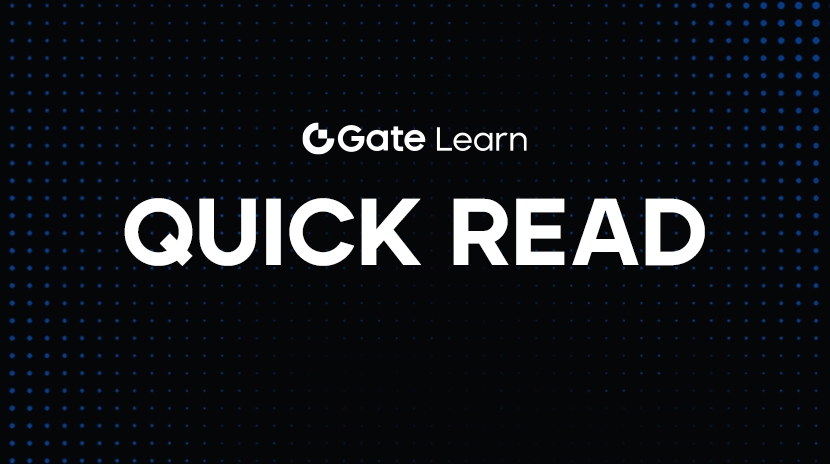OM: The Key to Unlocking a Compliant Blockchain World
Why does OM attract attention?
In the world of cryptocurrency, most tokens are born out of speculation or short-term demand. However, the emergence of OM has a deeper logic behind it. It is designed to address a core issue: how to truly integrate the online world with real-world assets on the chain while meeting legal compliance requirements?
MANTRA provides the answer, and OM is the “executor” in this answer.
OM’s role far exceeds “trading tokens”
In the design of MANTRA, OM is not an ‘auxiliary tool,’ but the sovereign token of the entire system. It has five core roles:
- Compliance credentials: OM can be used to access compliance applications that are only available to KYC users.
- The foundation of network security: Validators maintain network consensus by staking OM, and users receive rewards.
- The entrance to the governance system: OM holders can vote on proposals on the chain and participate in system design.
- Multi-chain asset bridging medium: the old version OM (EVM) can be seamlessly migrated to the mainnet, and the new version OM can participate in staking and governance.
- The ‘Gas’ of Real Asset On-Chain: Whether it’s security tokens, real estate NFTs, or on-chain DID systems, executing these transactions requires OM.
In short, OM does not rely on the ‘imagined narrative’, its value comes from the established Compliance infrastructure.
OM Token Economics and Recent Market Performance
In 2025, the MANTRA mainnet went live, and OM entered its “Phase 2” of development:
- 1,777,777,776 mainnet OM minted at once
- Half of them (888,888,888) are used to map the old OM and deposit it into the bridge contract
- The other half is allocated according to usage scenarios, building a long-term ecological foundation
Old OM users can migrate assets to the mainnet without loss through the official bridge, and choose to participate in staking or governance, entering the value loop of the new system.
Meanwhile, MANTRA has launched a 17.5% ‘upgrade incentive plan’ to reward early users who staked old OM, with a maximum reward of 1.35 times based on snapshot data, released linearly.

Image:https://www.gate.com/trade/OM_USDT
On May 21, 2025, the price of OM has risen significantly, reaching as high as around $0.45, currently trading at around $0.43. Please trade cautiously and be aware of the risks.
OM issuance, lock-up, and incentive mechanism
The distribution mechanism of OM fully considers three key elements: fairness, long-termity, and sustainable incentives:
- 50% used for mapping old OM, building transition bridge
- 17.5% used for mainnet upgrade rewards, enhancing community loyalty
- 16.9% is allocated to core contributors, with a 5-year long-term release plan
- 12.8% belongs to MANTRA Association, used for ecological development, Pre-Seed and Seed investor lock-up incentives
- 2.8% allocation for airdrop, covering Cosmos community and testnet participants, with a lock-up period until 2027
This design not only safeguards the rights and interests of early users but also leaves enough space for the ecological development, while limiting short-term selling pressure.
What kind of future does OM represent?
OM is a transitional tool, but also a connecting tool.
It connects:
- On-chain world and regulatory reality
- Traditional financial participants and decentralized financial protocols
- New users and developer ecosystem
In this gradually maturing crypto market, more and more users and institutions are realizing that ‘compliance’ is no longer an option, but the cornerstone of whether a project can survive in the long run.
And OM is the most crucial link in the compliance chain.





